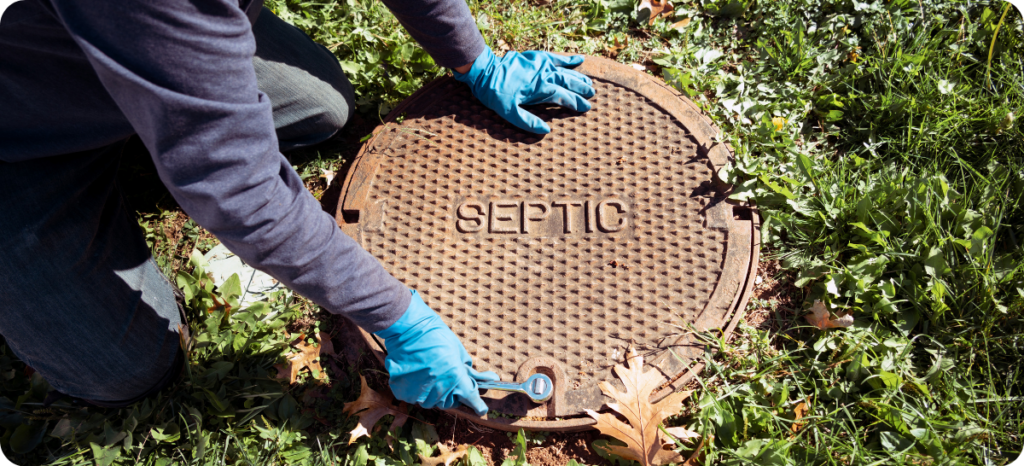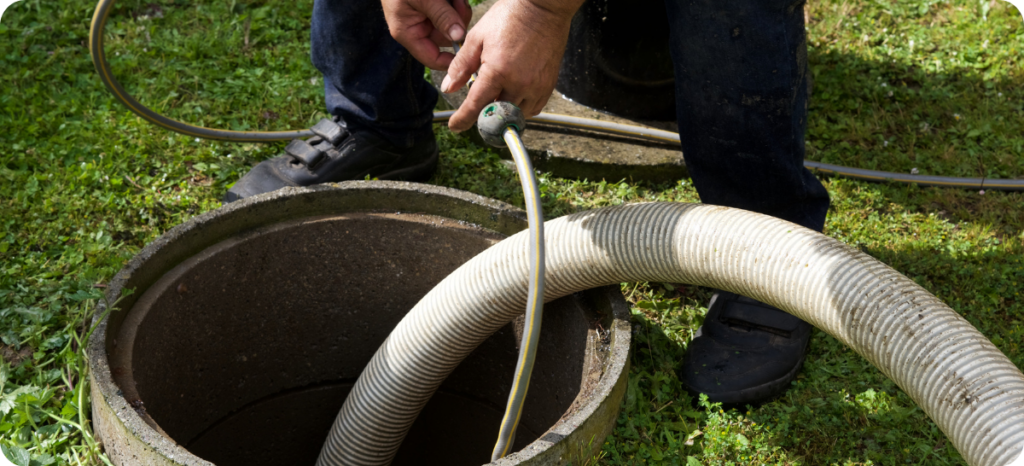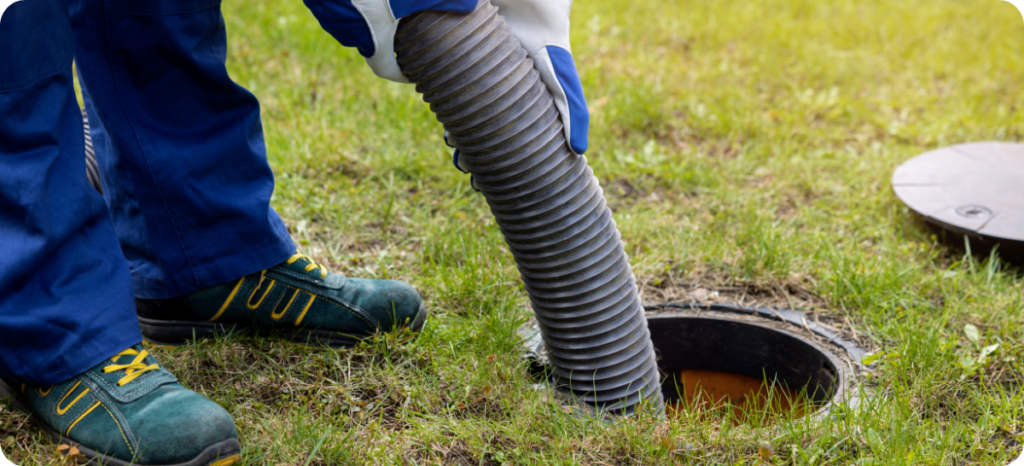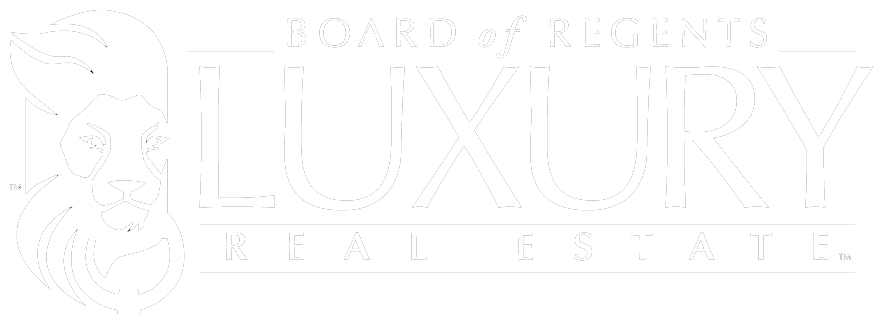For many homeowners—especially those in rural or semi-rural areas—a septic system is a fact of life. But if you’ve never owned a home with a septic tank, the idea can seem a little mysterious or even intimidating. The good news? A well-designed and properly maintained septic system is safe, efficient, and long-lasting.
Here’s everything you need to know about septic tanks: the different types, what they cost, and how to keep them in good shape.
What Is a Septic Tank?
A septic tank is part of a private, on-site wastewater system. Instead of connecting to a municipal sewer line, homes with septic systems treat and dispose of wastewater on their own property. The system typically includes:
-
A septic tank, which holds wastewater and allows solids to settle and partially decompose
-
A drain field (or leach field), where the liquid wastewater is dispersed and filtered through soil

A septic tank is part of a private, on-site wastewater system.
Types of Septic Systems
There’s no one-size-fits-all system—soil type, property size, water usage, and local regulations all play a role. Here are the most common types:
1. Conventional Gravity System
-
How it works: Relies on gravity to move wastewater from the home into the tank and then out into the drain field.
-
Best for: Properties with well-draining soil and enough space.
-
Cost: $3,000–$7,000
2. Pressure Distribution System
-
How it works: Uses a pump to distribute effluent evenly through the drain field.
-
Best for: Properties with shallow or less permeable soil.
-
Cost: $7,000–$10,000
3. Mound System
-
How it works: A man-made hill is built to create an above-ground drain field, using sand and gravel for filtration.
-
Best for: Areas with high water tables or shallow bedrock.
-
Cost: $10,000–$20,000+
4. Aerobic Treatment Unit (ATU)
-
How it works: Adds oxygen to break down waste more quickly, producing cleaner effluent.
-
Best for: Small lots, clay soil, or environmentally sensitive areas.
-
Cost: $10,000–$20,000+
-
Note: Requires more frequent maintenance and electricity to operate.
5. Recirculating Sand Filter System
-
How it works: Filters wastewater through sand before discharging it to the drain field.
-
Best for: Areas where soil can’t provide sufficient treatment alone.
-
Cost: $6,000–$12,000

Costs vary widely depending on location, soil conditions, system type, and home size.
What Does It Cost to Install a Septic Tank?
While costs vary widely depending on location, soil conditions, system type, and home size, here’s a general range:
-
Basic conventional systems: $3,000–$7,000
-
Advanced or engineered systems: $10,000–$20,000+
-
Permit and inspection fees: Often add $500–$2,000
Maintenance: What to Expect
A properly maintained septic system can last 25–40 years or more. Here’s how to protect your investment:
Regular Pumping
-
How often? Every 3–5 years for most households
-
Cost: $300–$600 per pumping
Watch What You Flush
-
Avoid flushing wipes, grease, chemicals, and non-biodegradable materials. These can clog the system or kill helpful bacteria.
Be Mindful of Water Usage
-
Too much water too fast can overload your system. Space out laundry loads and fix leaks promptly.
Protect the Drain Field
-
Don’t drive or build over it, and avoid planting trees nearby (roots can damage pipes).
Routine Inspections
-
Get an inspection every 1–3 years, especially if you’re buying or selling a home.

A properly maintained septic system can last 25–40 years or more.
Buying a Home With a Septic System?
Always request a septic inspection during your home purchase process. It’s not typically covered by a general home inspection. A professional can identify red flags—like cracks, backups, or signs of overuse—that could lead to costly repairs.
Why It Matters
Understanding your septic system isn’t just about avoiding issues—it’s about protecting your home’s value, your family’s health, and the surrounding environment. A well-designed and maintained system is out of sight and out of mind—but when it’s not working properly, it quickly becomes everyone’s problem.
Need Help Navigating a Home With a Septic System?
At Shaheen, Ruth, Martin & Fonville Real Estate, our agents are experienced in helping buyers and sellers understand the ins and outs of private wastewater systems. Whether you’re buying land to build on, investing in a rural retreat, or selling a home with an existing system, we’re here to guide you through every step—with insight, integrity, and experience.











